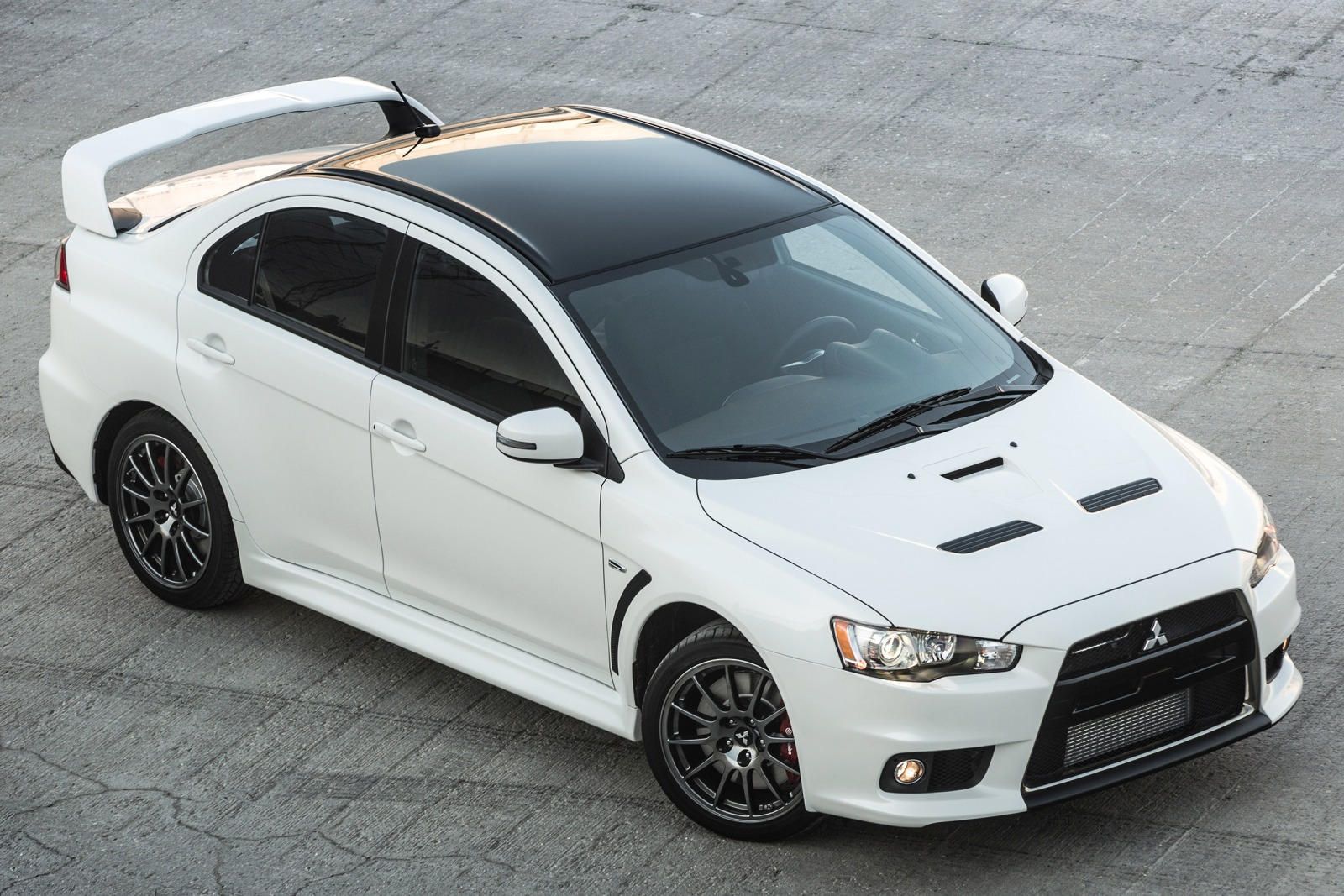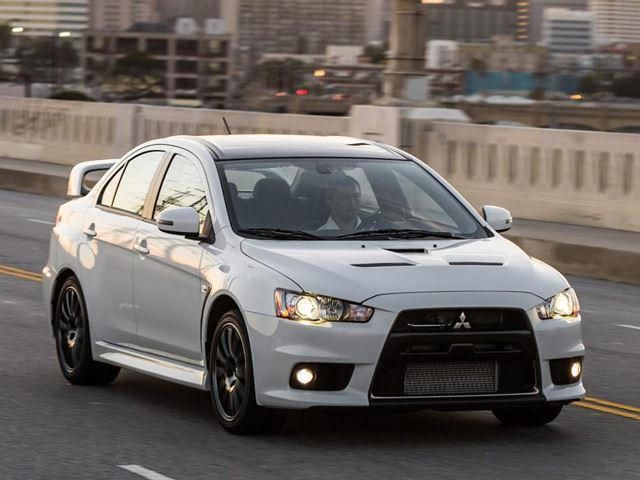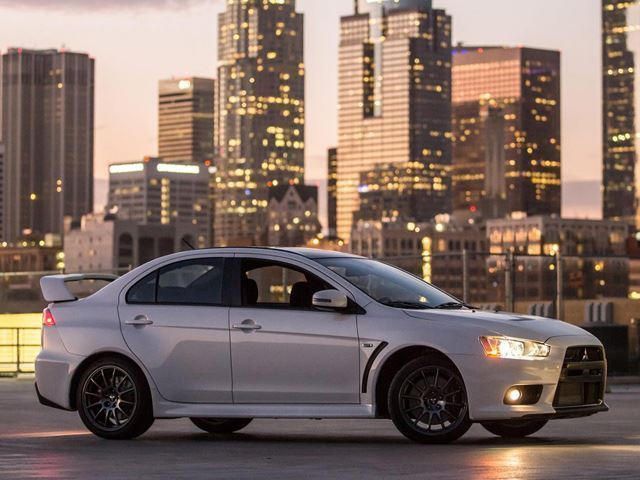
The much-loved Mitsubishi Lancer Evolution is officially dead. Like the Eclipse, Mitsubishi is reprising the Evolution name as a crossover which was recently previewed by the e-Evolution concept that will be revealed at the upcoming Tokyo Motor Show. It's a total travesty, so now seems like a good time to reminisce and look back at the glory days of the legendary Lancer Evolution sports sedan courtesy of this awesome retrospective video.
The Mitsubishi Lancer was first introduced in 1973 as a humble sedan, but to try and invigorate its brand image Mitusbishi fitted it with a larger engine and took it rally racing. Its early success eventually paved the way for the now legendary Lancer Evolution. In the late 1980s, Mitsubishi was preparing to enter the gruelling Group B championship with a rally car based on the Starion.
After a spate of fatal crashes, Group B was cancelled before the spruced-up Starion was fully developed, leaving Mitsubishi with a nearly complete race car but nowhere to race it. So it took the Starion's AWD drivetrain and used it in the Galant sedan to compete in Group A rallying instead. It performed well, but in the early 1990s European rally stages were becoming too narrow for the Galant to race in. This forced manufacturers to enter smaller, more agile cars: the Ford Sierra was replaced with the Cosworth, Subaru replaced the Legacy with the Impreza, and Toyota replaced the Celica with the Corolla. Mitsubishi's solution? Take the guts of the Galant and stuff it into the lighter Lancer.
Hence the road-going Lancer Evolution was born in 1992, since Mitsubishi had to build 2,500 road versions of the rally car to meet Group A regulations. Packing a 244-hp engine based on the legendary 4G63T inline four that was used in every Lancer Evolution until the final model, to save weight the RS model had no power windows or seats, anti-lock brakes, rear windshield wiper, and was equipped with steel wheels. A year later, the Evo II was released with lighter swaybars, a bigger spoiler, and 10 more horsepower. Its successor, the Evo III in 1995, saw more significant upgrades, featuring larger holes in the front bumper and a bigger intercooler, a larger spoiler, and a bigger turbo.
These performance improvements continued with the Evo IV which featured Active Yaw Control which regulated the amount of torque being sent to each wheel. The Evo V, VI were similar to the IV, before the VII came out with Active Center Differential. It wasn't until the Evo VIII that the Lancer Evolution was finally sold to deprived Americans in 2003, albeit without Active Yaw Control. In 2006 the Evo IX spawned the first limited edition Evo station wagon before its swansong with the Evo X in 2007 which was produced for almost ten years until it was retired in 2016. The Evolution name may soon be associated with a crossover, but its legacy will never be forgotten.


